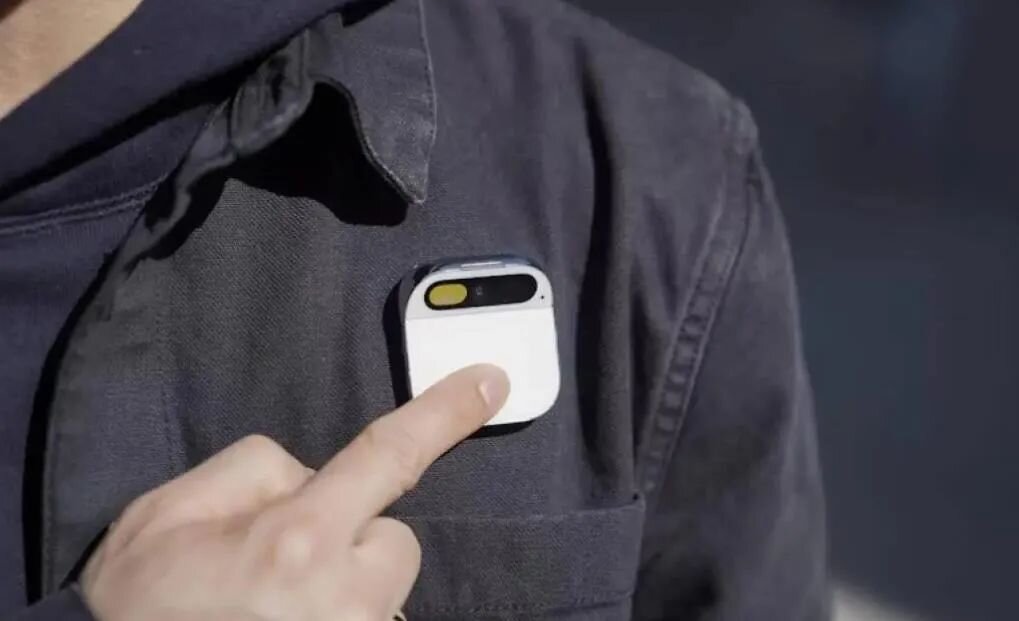The second half of 2024 has seen a surge in AI hardware innovations, with fresh projects continually entering the market. Among these developments, AI hardware targeting emotional companionship, children, mental health, and women is gaining noteworthy attention.
Emerging AI Hardware Trends
With various industry leaders stepping into the fray, several promising new avenues are being explored. However, despite the hype surrounding some of these AI opportunities, the reality is that many may not live up to the initial buzz. Consumer hardware purchases often come with impulsive buying patterns, leading some products to experience a short-lived spike in sales followed by rapid obsolescence.
In light of current economic conditions, CEOs are increasingly disregarding conventional demand trends, seeking out more robust and sustainable opportunities.
Success and Setbacks: The Case of AI Pin
Humane, an American startup, is behind the well-known AI Pin, a device that once aimed to replace smartphones by projecting information onto the user’s palm via laser and using voice control for operations. Unfortunately, the product faced significant challenges, including slow response times, blurry photos, and overheating issues, leading to frequent returns and customer dissatisfaction.

Nonetheless, the AI Pin’s shortcomings have illuminated potential paths for more viable products. As one former executive from a major smartphone company noted, the AI Pin’s fundamental flaw was its small size, which hindered its ability to handle complex tasks efficiently. This inefficiency was exacerbated by the limitations of integrating large models into compact hardware, negatively impacting user experience.
Alternative AI Hardware Prospects

Understanding why the industry is focusing on children’s AI hardware is straightforward: children’s needs are currently more manageable with available technology. Unlike adults, who demand high efficiency and accuracy, children are more emotionally driven and less concerned about logical and real-time responses.
However, children’s AI hardware is not without its pitfalls. Many executives have observed that once children recognize their emotionally-attuned toys are not real, they quickly lose interest. The adage “never underestimate a child’s speed in discarding toys” rings true in this sector, earning the children’s AI track the reputation of being for the brave.
When exploring AI hardware for women, some executives see potential in well-designed, lightweight products such as earphones. Despite significant efforts from internet giants and smartphone manufacturers, female-specific AI products have yet to make a significant impact, attributed to strategic hesitations within corporate leadership affecting product development directions.

There’s also interest in creating TWS noise-cancelling earphones for women, driven by a desire for personal space and tranquility. High demand for such products, especially among frequent travelers, suggests an untapped market poised for innovation.
Redefining AI Companionship
The rapid evolution of AI models (such as the anticipated GPT-5) continues to push boundaries, prompting new ways of thinking about AI’s role in companionship. Some investors argue that defining companionship merely through verbal interactions is insufficient, moving on to leverage multi-modal capabilities, including non-verbal cues like behavior and expressions.
Future Outlook
These exploratory AI hardware products are still in their infancy, and whether they can withstand market scrutiny remains to be seen.


